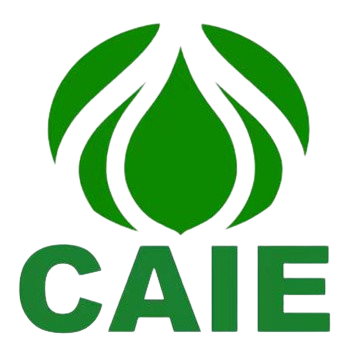Le programme mondial ail connaît un essor savoureux. Ce bulbe ancien, apprécié pour sa polyvalence culinaire et ses bienfaits pour la santé, n'est plus seulement un aliment de base pour la cuisine ; c'est une marchandise dynamique dont le marché est complexe et en pleine évolution. Pour les acteurs de la chaîne d'approvisionnement de l'ail - des producteurs aux transformateurs en passant par les importateurs, les distributeurs et les fabricants de produits alimentaires - il est essentiel de comprendre les nuances du marché de gros de l'ail pour prendre des décisions éclairées et tirer parti des opportunités émergentes.
Ce guide complet se penche sur les subtilités des analyses et des rapports sur le marché de gros de l'ail, vous fournissant les informations dont vous avez besoin pour naviguer dans ce paysage dynamique.
1. L'importance de l'analyse de marché : Le commerce de l'ail à découvert
Dans le monde férocement concurrentiel des produits agricoles de base, la connaissance est le pouvoir. L'analyse du marché de l'ail en gros fournit une compréhension fondée sur des données des forces qui façonnent l'offre, la demande, les prix et les tendances, ce qui vous permet de.. :
- Prendre des décisions éclairées en matière d'approvisionnement : Identifier des fournisseurs fiables, négocier des prix compétitifs et garantir un approvisionnement constant en ail de haute qualité répondant à vos besoins spécifiques.
- Optimiser la gestion des stocks : Anticipez les fluctuations du marché, adaptez vos stratégies d'achat et minimisez les risques de détérioration ou de pénurie, afin de disposer de la bonne quantité d'ail au bon moment.
- Identifier les opportunités de croissance : Repérer les tendances émergentes, explorer de nouveaux marchés et développer des produits innovants qui tirent parti de l'évolution des préférences des consommateurs et des demandes du marché.
- Acquérir un avantage concurrentiel : Gardez une longueur d'avance en comprenant les stratégies de vos concurrents, leur positionnement sur le marché et leurs vulnérabilités potentielles, ce qui vous permettra de différencier vos offres et de conquérir des parts de marché.

2. Éléments clés des rapports sur le marché de gros de l'ail : Décortiquer les données
Les rapports sur le marché de l'ail en gros fournissent une mine d'informations, souvent présentées dans un format structuré pour faciliter l'analyse. Les éléments clés sont généralement les suivants
- Résumé : Un aperçu concis des principales conclusions du rapport, mettant en évidence les tendances majeures, les moteurs de croissance et les défis du marché de l'ail en gros.
- Aperçu du marché : Une analyse complète du marché mondial de l'ail, y compris la taille du marché, la segmentation (par forme, variété, application, etc.), la répartition géographique et les principaux acteurs.
- Dynamique de l'offre et de la demande : Un examen approfondi de la production d'ail, des modèles de consommation, des activités d'import-export et des facteurs influençant l'équilibre de l'offre et de la demande.
- Analyse des prix : Données historiques et projections sur les prix de l'ail, influencés par des facteurs tels que les coûts de production, les conditions météorologiques, la dynamique du commerce mondial et la spéculation sur le marché.
- Paysage concurrentiel : Profils des principaux producteurs, exportateurs, importateurs et distributeurs d'ail, y compris leurs parts de marché, leurs stratégies concurrentielles, leurs forces et leurs faiblesses.
- Tendances émergentes et opportunités : Identification des principales tendances qui façonnent l'avenir du marché de gros de l'ail, telles que la demande croissante d'ail biologique, l'essor des marchés de l'ail en ligne et l'utilisation croissante de l'ail dans les aliments transformés et les compléments alimentaires.
- Défis et risques : Une évaluation des défis et des risques potentiels qui pourraient avoir un impact sur le marché de l'ail, notamment le changement climatique, les maladies des plantes, les barrières commerciales et l'instabilité géopolitique.
3. Types d'analyse de marché : Choisir le bon objectif pour vos besoins
Différentes approches analytiques offrent des perspectives uniques sur le marché de gros de l'ail. Les types d'analyse de marché les plus courants sont les suivants :
- Analyse PESTLE : Examine l'impact des facteurs politiques, économiques, sociaux, technologiques, juridiques et environnementaux sur le marché de l'ail, offrant ainsi une compréhension globale du macro-environnement.
- Analyse des cinq forces de Porter : Évalue l'intensité concurrentielle et l'attractivité du marché de l'ail en analysant le pouvoir de négociation des acheteurs et des fournisseurs, la menace des nouveaux entrants et des substituts, et la rivalité entre les concurrents existants.
- Analyse SWOT : Identifie les forces, les faiblesses, les opportunités et les menaces des différentes entreprises de l'ail ou du marché dans son ensemble, facilitant ainsi la planification stratégique et la prise de décision.
- Analyse des tendances : Examine les données historiques et les signaux actuels du marché pour identifier les tendances émergentes et prédire le comportement futur du marché, ce qui permet aux entreprises de s'adapter et de tirer parti de nouvelles opportunités.
4. Sources d'informations sur le marché : Où trouver vos données sur l'ail
De nombreuses ressources fournissent des informations précieuses sur le marché de gros de l'ail. Les principales sources sont les suivantes :
- Sociétés d'études de marché : Des entreprises spécialisées comme Nielsen, Statista et Mordor Intelligence publient des rapports complets sur le marché de l'ail, souvent à titre payant, qui fournissent des analyses approfondies et des informations fondées sur des données.
- Agences gouvernementales : Les départements agricoles et les organisations commerciales des principaux pays producteurs et consommateurs d'ail publient souvent des données sur le marché, des statistiques et des rapports sur la production, le commerce et la consommation d'ail.
- Publications de l'industrie : Les magazines spécialisés, les portails en ligne et les bulletins d'information consacrés à l'industrie de l'ail ou au secteur agricole au sens large présentent souvent des analyses de marché, des informations sur l'industrie et des commentaires d'experts.
- Recherche académique : Les universités et les instituts de recherche qui mènent des études sur la culture de l'ail, la dynamique du marché ou les tendances de la consommation peuvent fournir des informations et des données précieuses.
- Bases de données en ligne : Les bases de données accessibles au public, telles que celles de l'Organisation des Nations unies pour l'alimentation et l'agriculture (FAO) et de l'Organisation mondiale du commerce (OMC), offrent des statistiques sur la production, le commerce et la consommation d'ail.
5. Interpréter les rapports de marché : Transformer les données en informations exploitables
Les données brutes n'ont de valeur qu'en fonction des informations qu'elles génèrent. Pour interpréter efficacement les rapports de marché, il faut :
- Identifier les tendances clés : Recherchez dans les données des modèles, des changements et des thèmes émergents susceptibles d'avoir un impact sur votre entreprise. Par exemple, la demande d'ail biologique augmente-t-elle plus rapidement que celle d'ail conventionnel ?
- Comprendre le "pourquoi" des données : Ne vous concentrez pas uniquement sur les chiffres, mais examinez les facteurs sous-jacents qui déterminent les tendances. Par exemple, la croissance du marché de l'ail biologique est-elle due à l'augmentation de la demande des consommateurs pour les aliments biologiques ?
- Évaluer la pertinence pour votre entreprise : Toutes les tendances n'ont pas la même pertinence pour votre modèle d'entreprise ou votre marché cible. Concentrez-vous sur les informations qui correspondent à vos objectifs stratégiques et à votre positionnement sur le marché.
- Élaborer des stratégies réalisables : Traduire les informations sur le marché en actions concrètes. Par exemple, si le rapport met en évidence une demande croissante d'ail biologique dans une région spécifique, envisagez d'explorer les possibilités d'approvisionnement en ail biologique pour cibler ce marché.
6. L'avenir de l'ail : Tendances qui façonnent le marché
Le marché de gros de l'ail est dynamique, influencé par l'évolution des préférences des consommateurs, les progrès technologiques et les forces du marché mondial. Les principales tendances qui façonnent l'avenir du commerce de l'ail sont les suivantes :
- Augmentation de la demande d'ail biologique : Les consommateurs recherchent de plus en plus de produits biologiques, pour des raisons de santé et d'environnement. Cette tendance alimente la croissance du marché de l'ail biologique, créant des opportunités pour les producteurs et les fournisseurs d'ail certifié biologique.
- Popularité croissante des aliments prêts à l'emploi : Le mode de vie moderne rapide stimule la demande d'aliments prêts à l'emploi, y compris ceux dont l'ail est l'ingrédient principal. Cette tendance offre aux transformateurs d'ail des possibilités de développer et de fournir des produits à base d'ail prêts à l'emploi, tels que l'ail haché, la pâte d'ail et les huiles infusées à l'ail.
- Intérêt croissant pour les bienfaits de l'ail pour la santé : L'ail est reconnu depuis longtemps pour ses bienfaits potentiels sur la santé, notamment le renforcement du système immunitaire, la réduction de la tension artérielle et l'amélioration du taux de cholestérol. Alors que la recherche scientifique continue d'explorer ces bienfaits, l'intérêt des consommateurs pour l'ail en tant qu'ingrédient bénéfique pour la santé est susceptible de croître, créant ainsi des opportunités pour les compléments alimentaires et les aliments fonctionnels à base d'ail.
- Progrès technologiques dans la production d'ail : Les innovations dans la culture de l'ail, telles que les techniques agricoles de précision, l'agriculture en milieu contrôlé et les variétés d'ail résistantes aux maladies, sont sur le point d'améliorer les rendements, la qualité et l'efficacité de la production d'ail.
- L'essor du commerce électronique et des marchés de l'ail en ligne : La révolution numérique transforme la manière dont l'ail est échangé, les plateformes en ligne mettant directement en relation les acheteurs et les vendeurs, facilitant le commerce mondial et augmentant la transparence du marché.
Garder une longueur d'avance : Faire de l'analyse de marché une pratique permanente
Le marché de l'ail en gros n'est pas statique ; c'est un écosystème en constante évolution. Pour prospérer dans cet environnement dynamique, il est essentiel de faire de l'analyse du marché une pratique permanente :
- Examiner régulièrement les rapports de marché : Restez au courant des dernières tendances du marché, des informations sur les prix et de la dynamique de la concurrence en consultant régulièrement les rapports et les publications du secteur.
- Suivre les indicateurs clés : Suivre les indicateurs de marché pertinents, tels que les niveaux de production d'ail, les données d'importation et d'exportation et les tendances en matière de prix, afin d'identifier les changements potentiels et d'anticiper les fluctuations du marché.
- S'engager avec des experts du secteur : Participez à des salons professionnels, à des conférences et à des séminaires en ligne pour nouer des contacts avec des professionnels du secteur, obtenir des informations auprès d'analystes du marché et vous tenir au courant des nouvelles tendances.
- Adopter l'analyse des données : Exploitez les outils et les logiciels d'analyse de données pour analyser les données du marché, identifier les tendances et générer des informations exploitables qui peuvent éclairer vos décisions commerciales.
En adoptant une approche fondée sur les données, en restant informé de la dynamique du marché et en s'adaptant à l'évolution des tendances, vous pouvez positionner votre entreprise sur la voie du succès dans le monde savoureux et en constante évolution du commerce de gros de l'ail.
Pourquoi choisir CAIE pour vos besoins en ail en gros ?
En tant que principal fournisseur d'ail de haute qualité provenant de la province de Shandong, en Chine - la plus grande région productrice d'ail au monde -, l'Union européenne a mis en place un système de gestion de l'ail de haute qualité. CAIE offre aux entreprises de transformation des aliments une combinaison unique d'avantages :
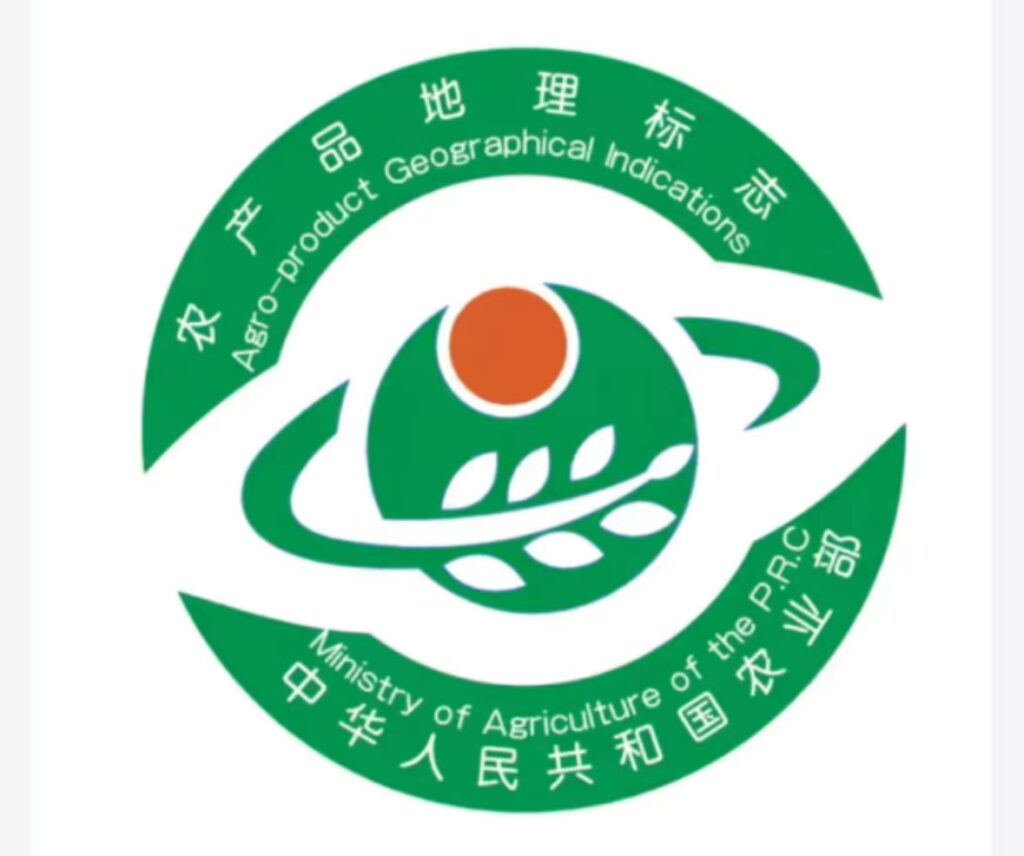

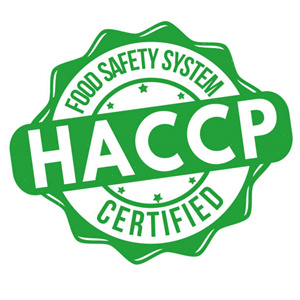
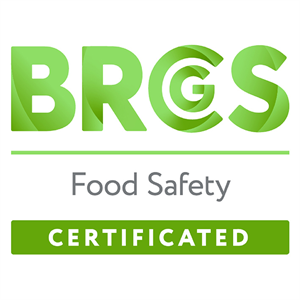
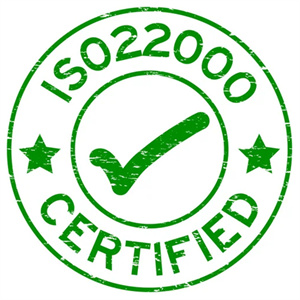
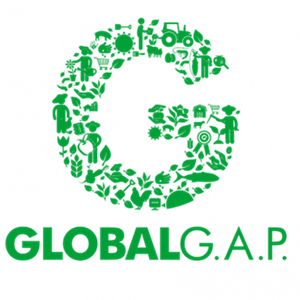
- Un engagement inébranlable en faveur de la qualité : Chez CAIE, la qualité n'est pas négociable. Notre ail est cultivé sur plus de 10 000 acres de fermes appartenant à l'entreprise dans le comté de Jinxiang et la ville de Weifang, conformément aux normes internationales les plus strictes, notamment celles de l'Union européenne, du Japon et des États-Unis. De l'analyse du sol et de la sélection des semences à la plantation en vert et à la récolte, nous exerçons un contrôle méticuleux sur chaque étape de la production afin de garantir une qualité exceptionnelle et une constance de la saveur.
- Fiabilité de l'approvisionnement et de la capacité : Grâce à ses vastes exploitations agricoles, à ses installations de stockage modernes de plus de 100 000 mètres carrés et à son équipe logistique spécialisée dans la zone franche de Weifang, CAIE garantit un approvisionnement régulier et fiable en ail pour répondre aux demandes des plus grands transformateurs de produits alimentaires. Nous proposons des tailles de commande flexibles, des délais de livraison compétitifs et la capacité de traiter efficacement les commandes à grande échelle.
- Expertise et solutions personnalisées : Fort d'une équipe d'experts agricoles et d'une division du commerce extérieur comptant plus de 20 ans d'expérience, CAIE offre une expertise inégalée en ce qui concerne les variétés et les formes d'ail, ainsi que leur adéquation à des applications spécifiques de transformation alimentaire. Nous travaillons en étroite collaboration avec nos clients pour comprendre leurs besoins uniques et développer des solutions sur mesure, depuis l'approvisionnement en types d'ail spécifiques jusqu'à la fourniture d'options de traitement et d'emballage sur mesure.
- Approvisionnement durable et éthique : CAIE s'engage à mettre en œuvre des pratiques agricoles durables et à s'approvisionner de manière éthique tout au long de sa chaîne d'approvisionnement. Nous privilégions les méthodes agricoles respectueuses de l'environnement, les pratiques de travail équitables et la transparence dans nos opérations. En choisissant CAIE, vous obtenez non seulement de l'ail de première qualité, mais vous soutenez également une entreprise qui s'aligne sur vos valeurs.
- Approche partenariale et orientation client : Chez CAIE, nous croyons en l'établissement de partenariats à long terme avec nos clients, fondés sur la confiance, la transparence et le succès mutuel. Notre équipe d'assistance à la clientèle est toujours disponible pour répondre à vos questions, à vos préoccupations et pour vous fournir une assistance continue afin d'assurer votre entière satisfaction.
